- Best available rates
- Free upgrades where possible
- Book now, pay later
- Secure payment gateway
The House History
Washingborough Hall has a great deal of interesting history, some of this is evident in the names of the rooms and also their different uses over the past two hundred years or so. Extensive building works to create the Winston Room Orangery in 2015 have transformed the house to what is visible today. Every generation of owners has sought to develop and add to the hall during their ownership which has undoubtedly enhanced the unique feel of the building. The following is a brief historical look at the Hall’s previous owners and occupants.
Washingborough Hall was built circa 1730 for use as a private house by the Fairfax Family. The head of the family being George Fairfax, the Rector of Washingborough from 1706 to 1733.
There is a jump in the records but we are led to believe the Ingilby family acquired the land and the house later in the century, the Ingilby family, at this time was one of the richest families in Lincolnshire. They had made their fortune through gold, the head of the family, Sir William Amcotts-Ingilby, 2nd Baronet (MP for East Retford from 1807 to 1812, then MP for the Lindsey division of Lincolnshire in 1823), was reputed to be the first gold broker outside of London, and for Lincolnshire to boast such a man was something quite unique as it was known as an agricultural county. The colourful and eccentric Sir William was well known throughout the county at political meetings for his jaunty style, outrageous clothes and idiosyncratic green hat. He was known affectionally as the conjuror, the Graf, The Knight of Lindsey or the Comical Knight.
Sir William was one of several children of Sir John Ingilby of Ripley Castle and his wife Elizabeth, daughter of Sir Wharton Amcotts of Lincolnshire. His later eccentricity can be attributed to the freedom, lack of discipline and dissolute life of his early years. In 1807 his grandfather, Sir Wharton Amcotts, left him considerable estates in Lincolnshire and in gratitude he added, by Royal Licence, the name Amcotts. Sir William was twice married, but left no children and died on 14 May 1854.
In 1790, the Hall was extended to where today, the lower ground floor Burland meeting room is situated. The main entrance to the Hall was still then facing south, and indeed, if one looks carefully the old archway that once greeted visitors is still standing in the car park.
In 1817 Sir William presented Revd Humphrey Waldo-Sibthorp as the new resident of the House. It was at this time that Humphrey wrote to the Lord Bishop of Lincoln to ask permission to make some changes to the house and its surroundings. The first being a staircase at the north end of the house 27ft in length and 9ft 6 inches in breadth. The second being stables to the west, and also to remove some chicken pens and sheds from the yard. It would appear he asked permission to ask his parish for money to carry out these changes to the House.
In the reception hall hangs a pencil drawing by Moses Griffiths dated 1774. It shows a nearly unrecognizable single bayed western elevation. The current owners Edward and Lucy Herring bought this at auction in Wiltshire in 2015.
The Hall at the time must have been one of the finest in the County, and as elegant as only the Georgian style could have been. Looking today at the lawns and secluded rear garden, it is not too difficult to imagine summer days alive with the sound of children playing the grounds, or the countless tea parties these gardens seem made for.
Revd Humphrey died on 4 Nov 1865, the Revd John Dudding resided in the house from 1866 ensured a memorial window was erected in the neighbouring St John’s church. Unfortunately, we know very little about Revd Dudding and he was succeeded in 1910 by Revd William Burland.
It was the Burland family who then further extended the building to effectively double it in size. The main entrance, then as no was turned to face west looking out onto the lawns and gardens. The Burland family are said to have loved the isolation and privacy afforded to them by Washingborough Hall.
For the next a hundred years the Hall remained in private ownership and was passed down through the generation of the Burland family, and then onto the Woleby family. The design and layout of the exterior of the house stayed very much the same during this period, only the interior changed to follow the Victorian Fashions of the day.
As World War II raged through Europe, the day to day running of Washingborough Hall was about to change forever and set off a chain of events that saw the building operate under a number of different guises.
As the war continued, the need to accommodate growing numbers of airmen became vital. To this end, Washingborough Hall played its part by housing airmen stationed in the area. One can only imagine the delight of these lucky few who were previously accustomed to residing in slightly less luxurious surroundings!
After the second world war was over, the Hall became a nursing home under the ownership of the Bainbridge family. Around 1967 this operation morphed into use as a guest house including a brief spell as a night-club namely “Scandals”! In 1978 planning permission was granted to Mr Neville Holmes for use of the building as a restaurant with rooms. In 1979 Brian & Mary Shillaker bought the hotel from the Bainbridge family and consolidated its position as a popular Hotel and restaurant.
Lucy and Edward took ownership of the hall in the midst of a severe economic recession in October 2008. The first few years involved significant refurbishments and upgrades before a strong business case justified the construction of the Winston Room orangery in March 2015. Named the Winston Room as 2015 was the 50 year anniversary of Sir Winston Churchill’s death. The Churchill Suite bedroom followed in 2016. Conversion of the four bedroomed cottage to the rear of the main hall took place in the spring of 2017 - Church House provides six additional bedrooms. The day to day operation of the hotel since 2008 is under the control of Church Hill Hotels Ltd.
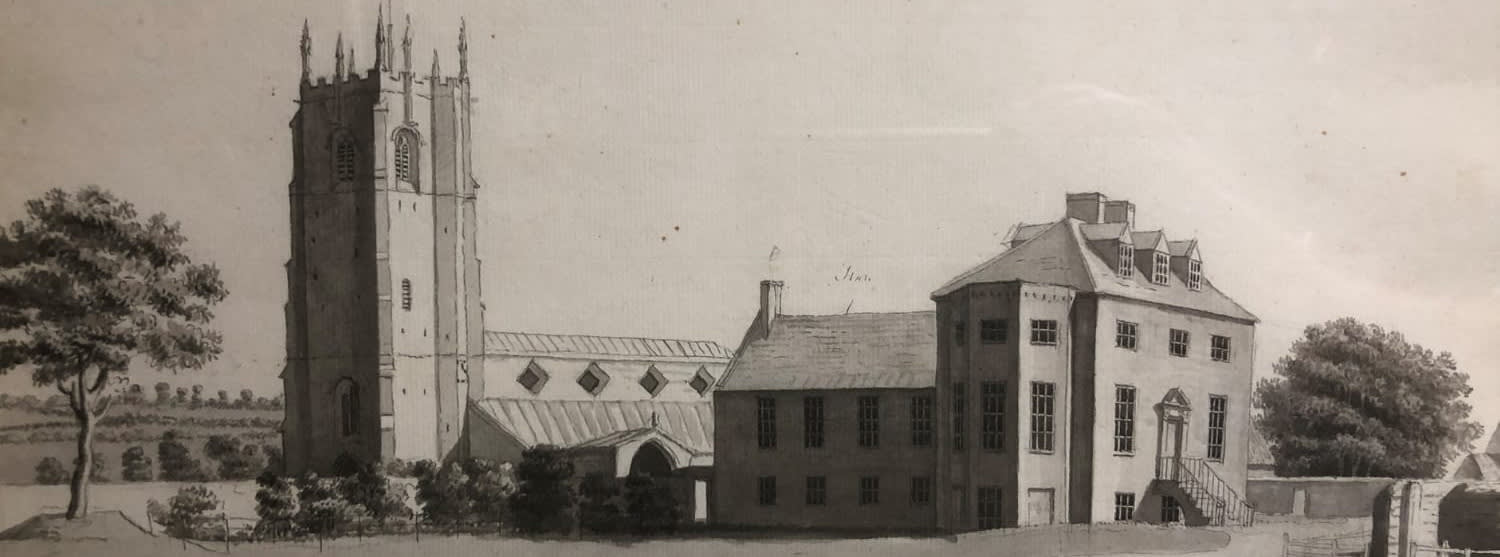






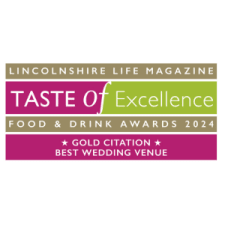


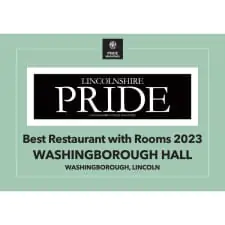
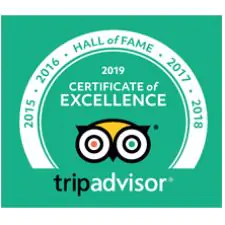

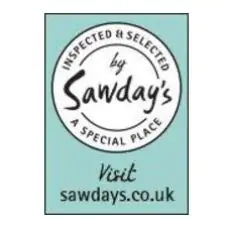
![britains_finest_blue_stamp[1]](/storage/uploads/variants/355/britains-finest-blue-stamp1.webp)